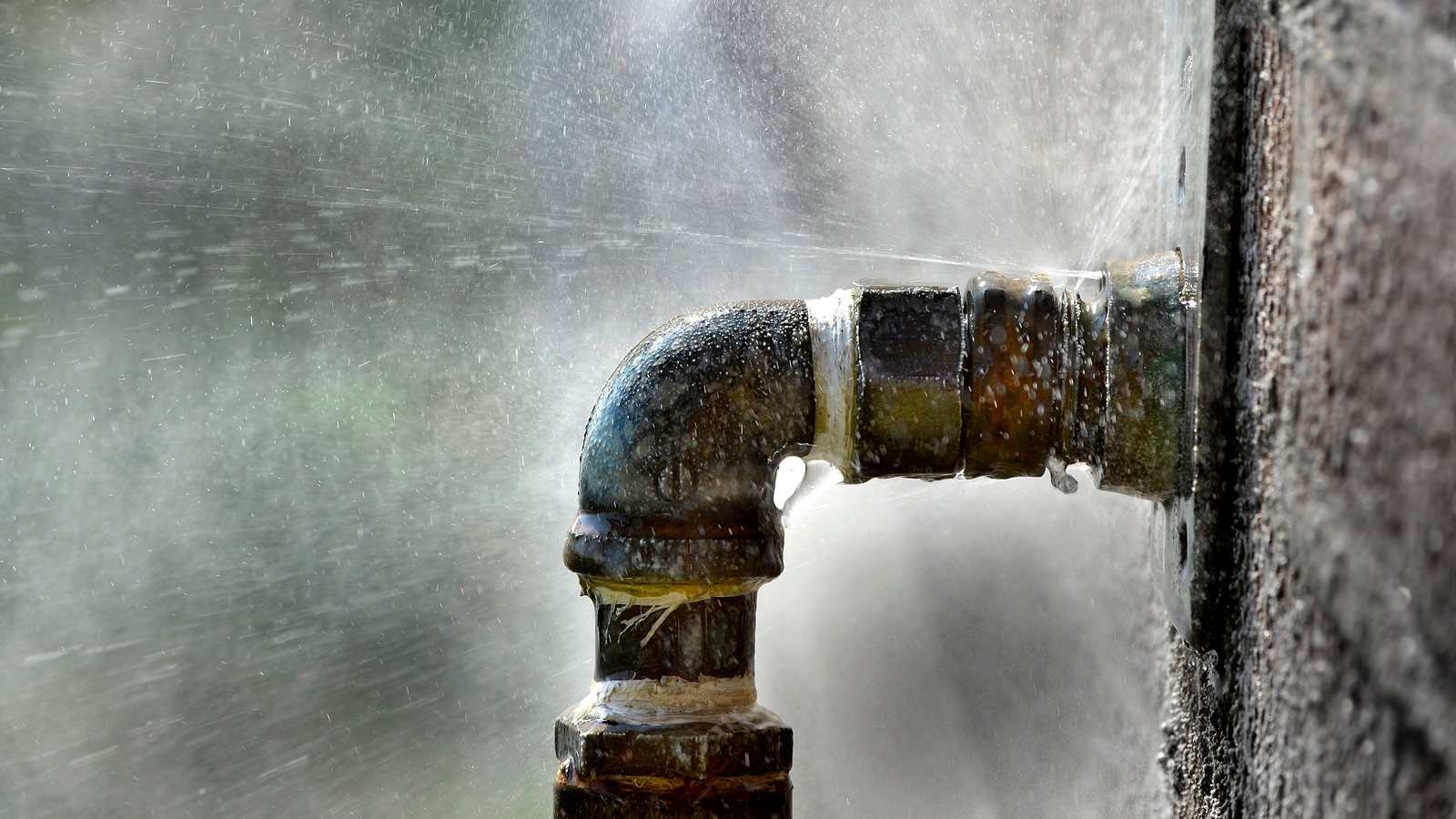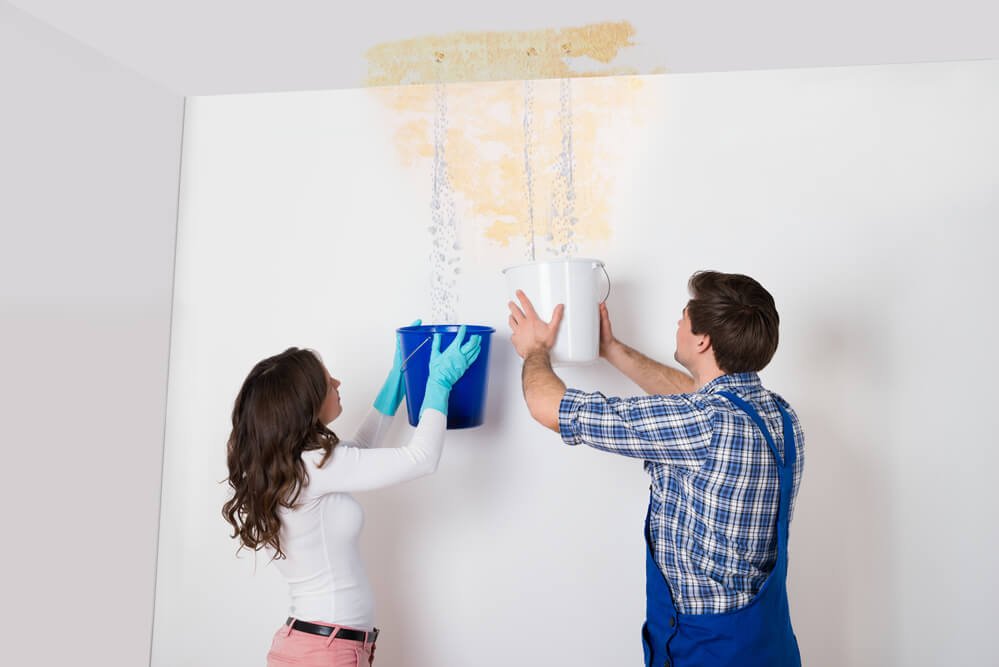Bathroom Water Leaks: Understanding Detection and Repair Strategies
Bathroom Water Leaks: Understanding Detection and Repair Strategies
Blog Article
Each person maintains their personal thinking when it comes to How to Detect and Fix a Bathroom Leak.

Shower room leakages are annoying as they interrupt your day's strategy. They differ in severity relying on the resource of the leakage. Yet, you should prioritize them, as they can swiftly worsen. So, it is a relief that many washroom leaks are very easy to fix as well as identify, with very little price implications.
Having a water leakage in bathroom can be stressful to the property owner. The post serves as a "initial aid" when you require an emergency reaction to a water leak in bathroom.
Detection as well as Fixing of Water Leak in Shower Room
Water leakage in shower room commonly results from pipes and also pipe faults. You might require a basic understanding of these leak types to detect the water leakage in washroom.
Splash Leaks
These often result from water spilling on the restroom floor from the tub. It damages the bathroom flooring as well as might trigger rot to wood floors and restroom doors.
What to Do
This shower room leak is the simplest to take care of. You only require to change the curtains or recaulk the bathtub or shower. You may need to change these to avoid further damage if the leakage has harmed the restroom floor or door. Fortunately is that you can involve a pipes professional to help with the restroom repair.
Commode Leaks
Occasionally, water leaks from the toilet and pools around the bathroom base. It is an eye sore in the shower room and requires punctual focus. Sometimes, it results from a loose link between the tank as well as the commode. This triggers water to drip from the tank to the flooring. It may also result from cracks in the toilet dish or a defective shut-off shutoff.
What to Do
You only require to tighten them if there are loosened screws in between the tank as well as bathroom. In some cases you may need to reapply wax on the gasket or employ a washroom leakage expert to change broken or worn parts.
Clogged Shower Room Sinks
Occasionally, the water leakage in bathroom arises from sink clogs. This is usually a hassle to property owners as well as may be undesirable. Blockages might arise from the accumulation of soap residue, hair particles, or debris that obstruct the drain. It is very easy to manage obstructions, and also you might not need professional skills.
What to Do
You can make use of a drainpipe serpent to get rid of the particles in the drain and let the stationary water circulation. Drain pipes cleaners are additionally offered in stores and are very easy to use.
Conclusion
Water leakages in the bathroom are avoidable events in the residence. Upkeep and also regular checks aid to maintain everything in great shape. Yet, you can never be as well cautious, and these events still occur. When they do, fix them quickly, or engage the solutions of a professional.
The short article serves as a "first help" when you require an emergency response to a water leak in bathroom.
Water leakage in restroom generally results from plumbing as well as pipeline faults. You may need a fundamental expertise of these leakage kinds to identify the water leak in bathroom. It damages the washroom flooring and might trigger rot to wood floors as well as washroom doors. Sometimes, the water leakage in shower room results from sink blockages.
5 Ways You Can Tell There's Water Leaking In The Bathroom
Mold and mildew
The presence of mold or mildew is a big indicator of a water leak. It's not unordinary to see mold or mildew in parts of your bathroom where water accumulates, like showers and sinks, but it's a problem if you notice it growing in other places. Mold grows in places that are moist and dark so it can point you to hidden water leaks.
Read More: https://www.housedigest.com/927314/ways-you-can-tell-theres-water-leaking-in-the-bathroom/If you notice mold or mildew growing on bathroom walls, floors, or ceilings you should be concerned. Other than pointing you in the direction of a potential leaky pipe behind your walls or under your floors, mold is dangerous to your health, according to The Waterworks. Mold can cause an allergic reaction with symptoms like watery eyes, runny noses, sneezing, headaches, and difficulty breathing. Since mold is not only unsightly to look at, but a health hazard it's important to take care of the leak as soon as possible so the mold can be cleaned before it spreads.
Read More: https://www.housedigest.com/927314/ways-you-can-tell-theres-water-leaking-in-the-bathroom/Damaged walls or floors
Unexplainable damage to your bathroom walls and floors is another sign of water leaking. If drywall gets wet it will crumble, bubble, and even warp or break apart. Before you notice your drywall deteriorating you may see the paint blistering or chipping off the wall. Or if you have wallpaper, it will begin to peel off when wet and show water stains.
Read More: https://www.housedigest.com/927314/ways-you-can-tell-theres-water-leaking-in-the-bathroom/Unstable toilet
When you sit on your toilet does it wobble? If it is unstable your toilet potentially has a flange leak, according to The Pink Plumber. Toilets are supposed to sit stable on the bathroom floor and should never be able to be moved around. There are screws that keep the toilet secured down to the floor and a wax ring that connects the toilet to the waste pipe. The wax ring creates a water-tight seal so nothing leaks when water and waste are moving through the toilet. If the wax seal is damaged or worn down it will no longer provide the proper seal, causing a flange leak and allowing wastewater to seep out.
Read More: https://www.housedigest.com/927314/ways-you-can-tell-theres-water-leaking-in-the-bathroom/Wet bathroom cabinets
Wet bathroom cabinets are a sure-fire way to tell if you have a water leak in your bathroom. When your cabinets are wet it is likely because of leaks from sink faucet or water supply lines. You will know that your cabinets are damp if you see any water stains inside the cabinets. If it is a leak from a water supply line The Pink Plumber explains that you will see water dripping out from the connectors or even puddles in the cabinets.
Read More: https://www.housedigest.com/927314/ways-you-can-tell-theres-water-leaking-in-the-bathroom/https://www.housedigest.com/927314/ways-you-can-tell-theres-water-leaking-in-the-bathroom/

Hopefully you liked our part about How to Check for Bathroom Leaks. Thanks a ton for finding the time to read our posting. Sharing is good. You just don't know, you may very well be helping someone out. I love reading our article about How to Detect and Fix a Bathroom Leak.
Hire A Pro Report this page